Article Summary
When you make content for the web, it has to be accessible. Web Content Accessibility Guidelines (WCAG) help make that happen.
The most recent update is WCAG 2.1, which was released in 2018. WCAG 2.1 helps content creators make content for people with disabilities. This includes people who have trouble seeing, hearing, or understanding web content. WCAG 2.1 also helps older people.
WCAG 2.1 have a few criteria for success. The success levels are A, AA, and AAA. Content creators must meet one of the success levels to meet WCAG 2.1. WCAG 2.1 are required for some websites.
When creating content for your website, you want to ensure that it is accessible. This means that website visitors with disabilities, such as visual, auditory, or cognitive disabilities, will be able to use your website successfully. To use your website successfully, they need to be able to navigate around it, perceive the information on your pages, and interact with the elements of your website.
In order to create accessible website content, there are certain guidelines that have been set forth to help developers and content creators build and design a website with accessibility in mind. These guidelines are put together with a number of considerations, and with a variety of collaborators before being published as WCAG.
What Is WCAG?
WCAG stands for Web Content Accessibility Guidelines. These guidelines define the ways in which you can make your website content more accessible to individuals with disabilities. These guidelines cover accessibility for a wide range of disabilities, including auditory, visual, cognitive, physical, speech, language, learning, and neurological disabilities. However, they are not able to cover the needs of every specific type, degree, and combination of disability.
Additionally, the Web Content Accessibility Guidelines can help older individuals, and improve the general usability of your website for all ages.
What Is the Latest Version of WCAG?
The latest version of WCAG is WCAG 2.1. WCAG 2.1 was developed using the W3C process, in collaboration with other individuals and organizations across the world. The goal of this new version was to create a shared standard for web content accessibility that meets the needs of individuals, as well as organizations and governments worldwide.
WCAG 2.1 was built on the existing standards and guidelines of WCAG 2.0, which evolved from the existing WCAG 1.0. It is designed to work with a wide variety of current and future web technologies, and to be testable by a combination of both automated testing and human evolution.
When Did WCAG 2.1 Come Out?
WCAG 2.1 was released on June 5, 2018. The creation of WCAG 2.1 began with a goal to improve web content accessibility for three groups: users with low vision, users with cognitive or learning disabilities, and users with disabilities on mobile devices. The already existing structure of WCAG 2.0, as well as the clarity of proposals and the set timeline, led to the creation of WCAG 2.1, almost 10 years after WCAG’s creation in December of 2008.
How Many WCAG Success Criteria Are There?
WCAG users vary from web developers to teachers, to policymakers, to students. In order to meet the needs of these different groups, WCAG has developed several levels of guidance. These levels include overall principles, general guidelines, testable success criteria, and collection of resources, including techniques and documented failures.
There are four overall principles that establish a foundation for web accessibility; web content should be perceivable, operable, understandable, and robust. Under these principles are 13 guidelines, which provide basic goals for authors to work toward in order to make content more accessible to users with disabilities. These principles and guidelines provide a framework for authors to understand the objectives of WCAG and implement these techniques.
Along with each of the 13 guidelines, there are success criteria provided in order to ensure that necessary requirements and conformance testing meet accessibility guidelines. There are several conditions that must be met before a success criterion is included, which consist of:
- An important access issue for people with disabilities. This means that an access issue must cause a proportionally greater problem for users with disabilities than it does for users without a disability.
- Testable success criteria. Without testable success criteria, it would be impossible to determine whether content met said criteria. It may be tested with a combination of machine and human evolution.
WCAG 2.1 includes 78 success criteria. These criteria are specific to the guidelines under each of the four principles: perceivable, operable, understandable, and robust.
WCAG 2.1 AA vs. WCAG 2.1 AAA
To meet the needs of different groups, different levels of conformance are required for each specific success criterion. These levels range from A, the lowest level, to AA, to AAA, the highest level.
Each criterion was assigned to a level of conformance after considering a wide variety of issues, including:
- Whether the criterion is essential. This means that if the success criteria are not met, assistive technology cannot even help make content accessible for users with a disability.
- Whether the success criterion can be satisfied. It is important to discover if the success criterion could be satisfied on all websites and types of content that it might apply to, i.e., different topics, content, or technologies.
- The skills required by the success criterion. This takes a look into whether the skills needed to satisfy the success criteria are reasonably achievable for content authors. If these skills can be acquired with a week or less of training, it can be assumed that they are reasonable.
- Whether the success criteria imposes limits. Some success criteria may limit the look and feel of a web page, including its function, presentation, freedom of expression, or aesthetic.
- Whether there are workarounds. If the success criterion cannot be met, it must be determined whether or not there are workarounds.
It’s important to note that even when content conforms to the highest level, it will still not be accessible to every type, degree, or combination of disability. Content authors should consider the full range of techniques for creating accessible content, including advisory content, in order to best address the needs of a wide variety of users.
Is WCAG 2.1 Required for My Website?
While some individual organizations may require their content authors, developers, and designers to conform to WCAG standards, it is not required for all websites. However, the W3C encourages the use of WCAG 2.1 to maximize accessibility efforts, and continue to make web content more accessible to users with disabilities. To meet WCAG 2.1, take a look at this quick reference list of guidelines and success criteria.
Does WCAG Apply to Mobile Apps?
Web accessibility content guidelines cover web pages, web applications, and mobile applications. In fact, WCAG 2.1 was created with a focus on users with disabilities on mobile devices, and provided new guidelines for mobile content. These guidelines address a number of accessibility issues on mobile devices, including touchscreens, small screen sizes, device use in different settings, such as nighttime or bright sunlight, and different input modalities, like speech and touch-enabled settings. For more on mobile web accessibility, take a look at this list of guidelines.
Need WCAG Help?
If you need to get your website up to date with WCAG 2.1 standards, we can help you. We have a variety of packages to ensure that your website will meet success criteria and conformance levels.

